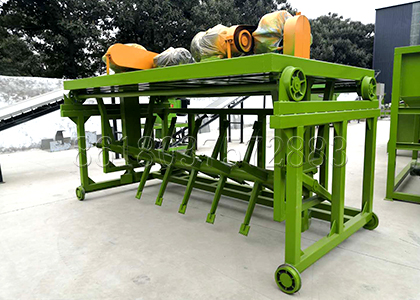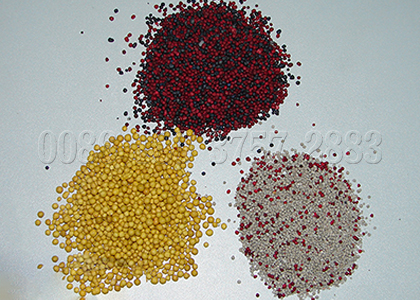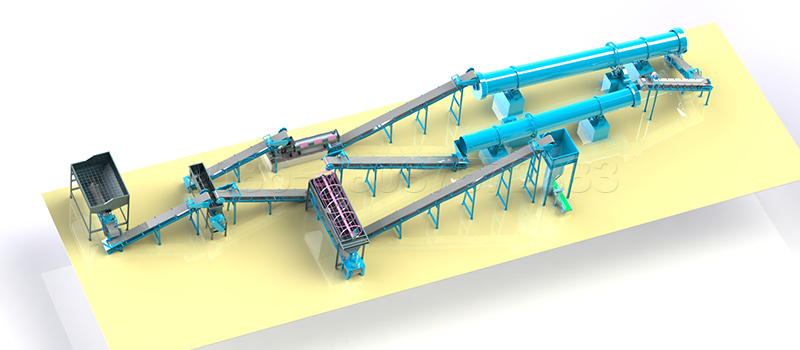The good application effect of chemical fertilizer largely depends on its physicochemical state. For example, the active component phosphoric acid in calcium superphosphate is the state of calcium phosphate. Soluble in water and can be completely absorbed by plants. However, just because it is a quick acting fertilizer, plants often lose part of it before they can fully absorb it.
In addition, the phosphorylation energy of calcium superphosphate and impurities in soil can not absorb and utilize compounds such as iron phosphate and aluminum phosphate. The smaller the powder of calcium superphosphate, the larger the contact area with soil. Therefore, the greater the amount of compounds that cannot be absorbed by impurities in the soil, the more fertilizer loss. Need machines to make slow release fertilizer granules? Welcome go to https://organicfertilizerplants.com/organic-fertilizer-granulation-machine/

Because the physical state of slow-release granular fertilizer is solid particles, the above shortcomings can be avoided, nutrient loss can be reduced and fertilizer efficiency can be prolonged. Therefore, in the process of fertilizer manufacturing, the treatment of granulator is very necessary.
Granulation equipment is the most commonly used granulation equipment in the manufacturing process of granular fertilizer
Disc granulator is a well-known fertilizer granulation equipment. The whole is in a swashplate shape. The powdery materials roll in the plate with the bottom of the plate, and the materials adhere to each other to form spherical particles after being affected with moisture. The principle of the granulator is like a snowball. It depends on the viscosity of the material itself to bond and grow.
When the particles grow to a certain extent, they will come out of the plate and enter the next processing process. If the particle size requirements cannot be met, it shall remain in the pan and continue granulation until the requirements are met.
The drum granulator also adopts a similar granulation principle, but the disc granulator is an open structure and the drum granulator is a cylinder, but both are the principle of continuous combination of powdery materials with the help of water.
Granular fertilizer with appropriate particle size. Drum granulator has a wide range of raw materials and can produce organic fertilizer, compound fertilizer and other fertilizers.



